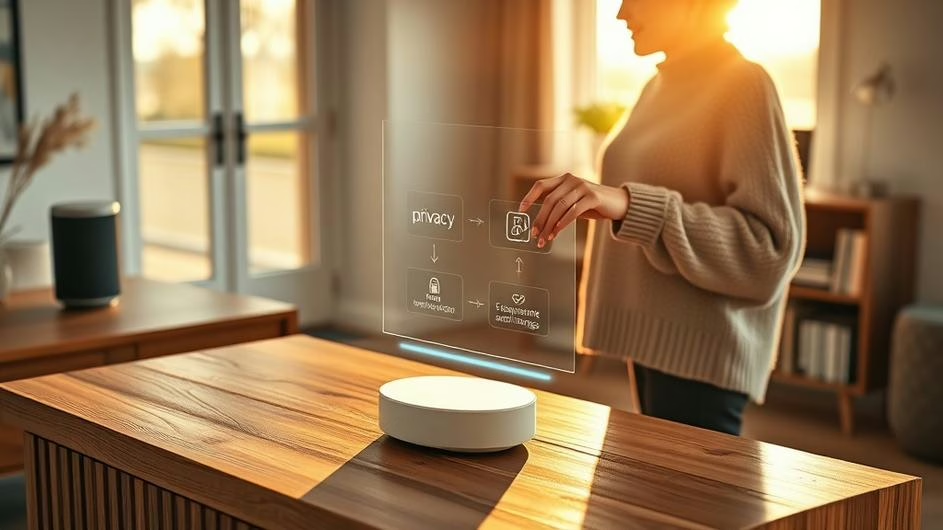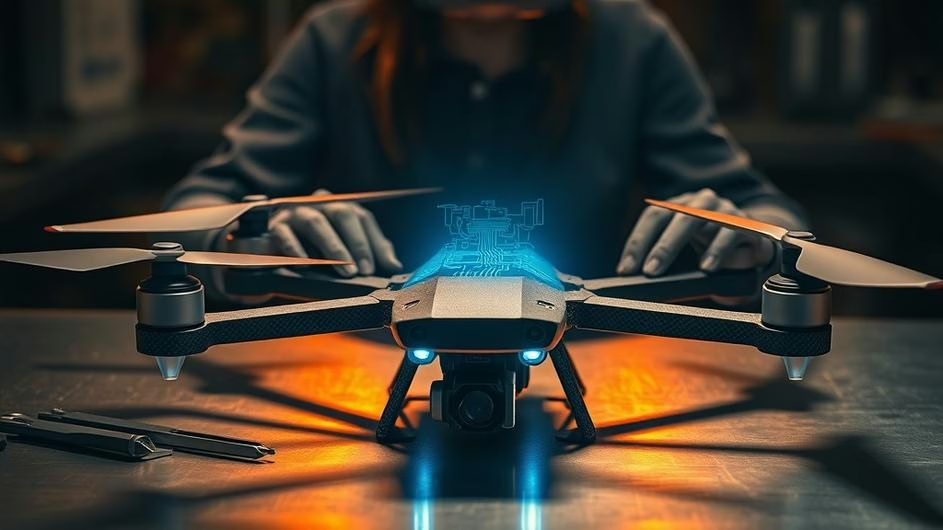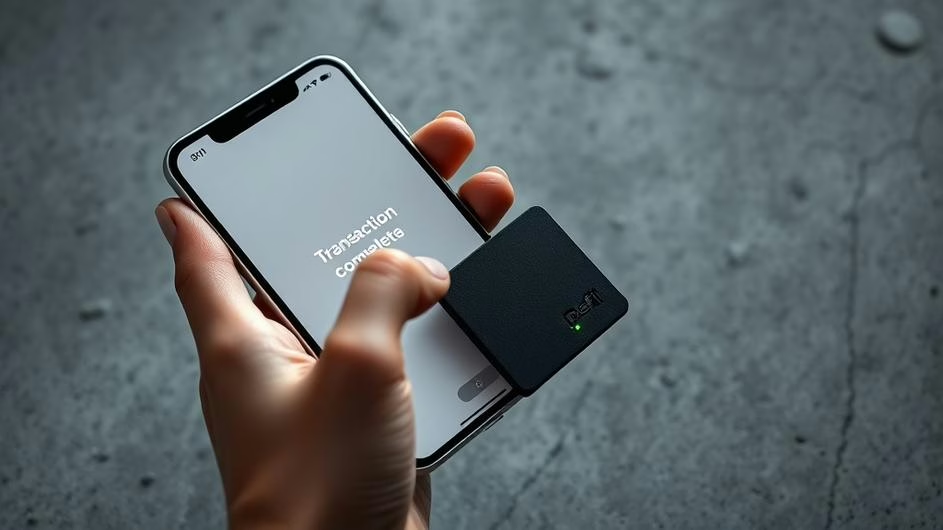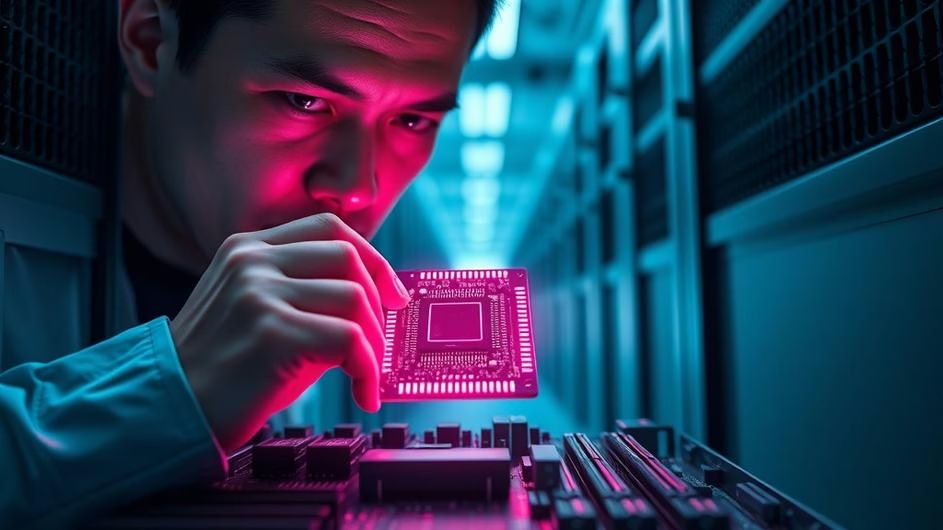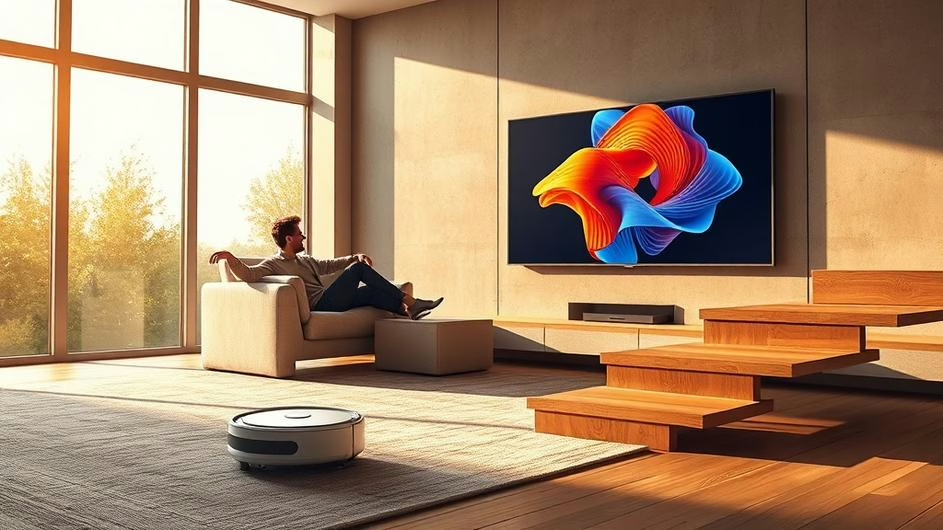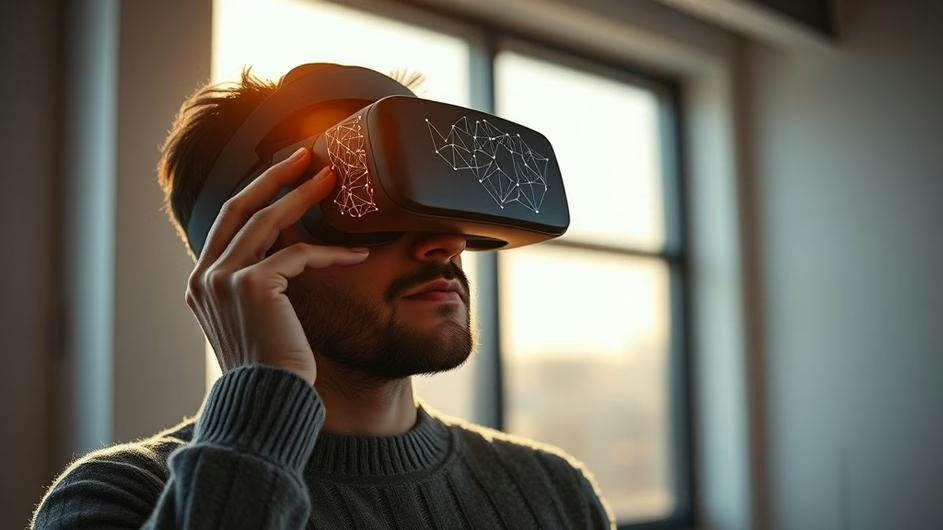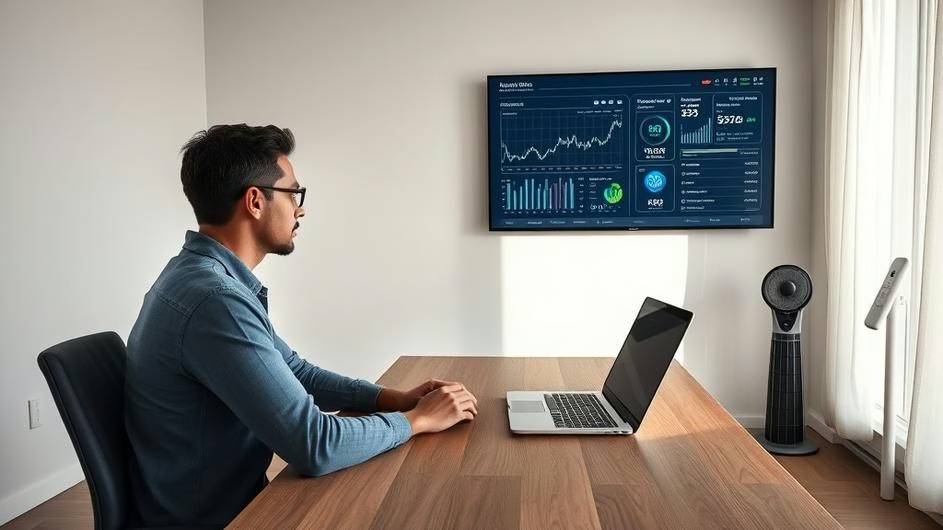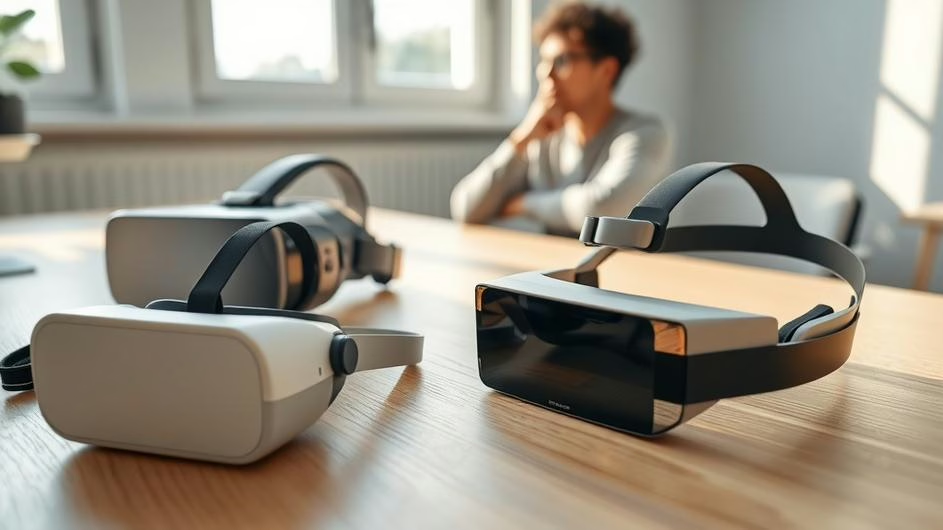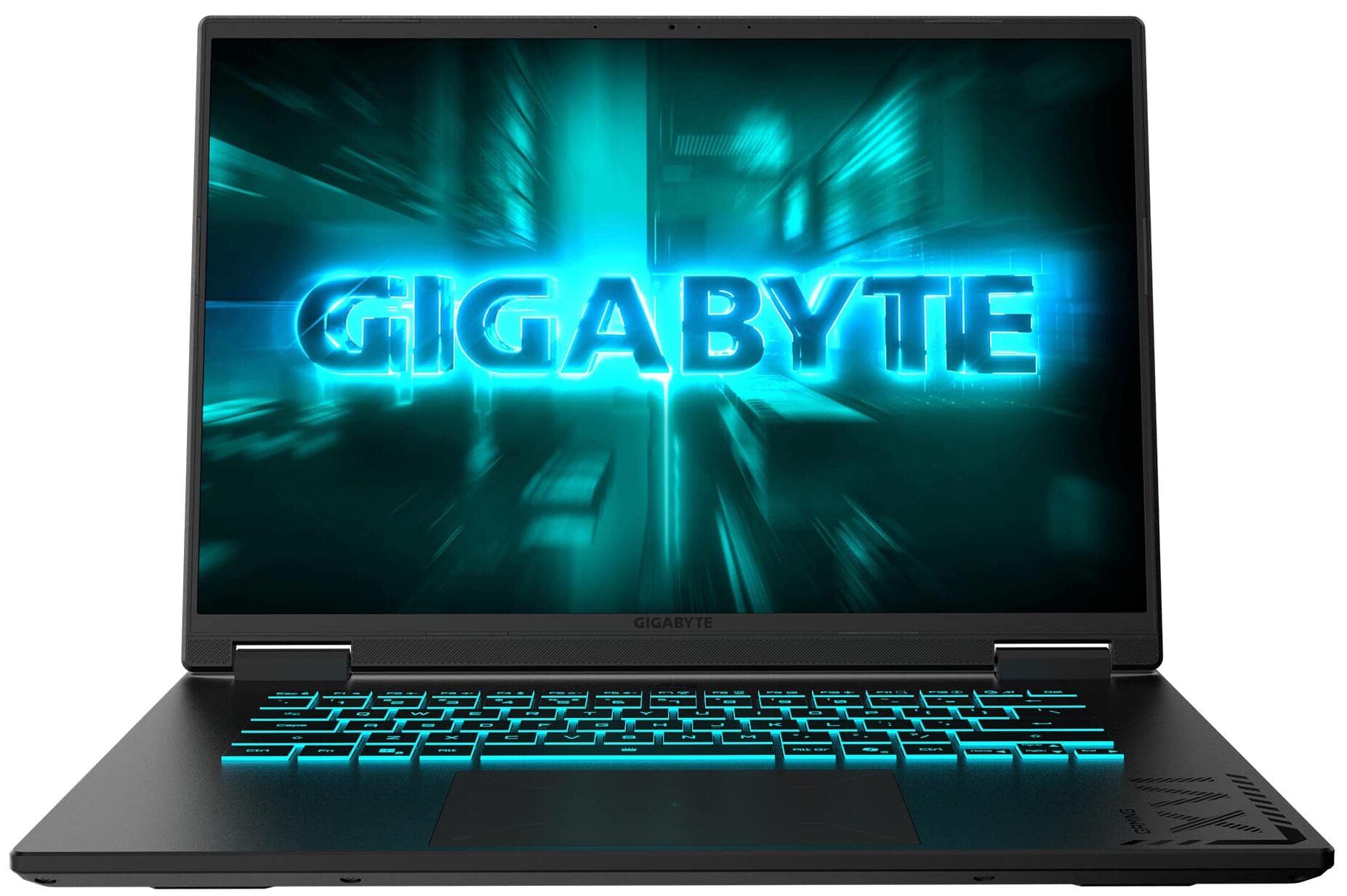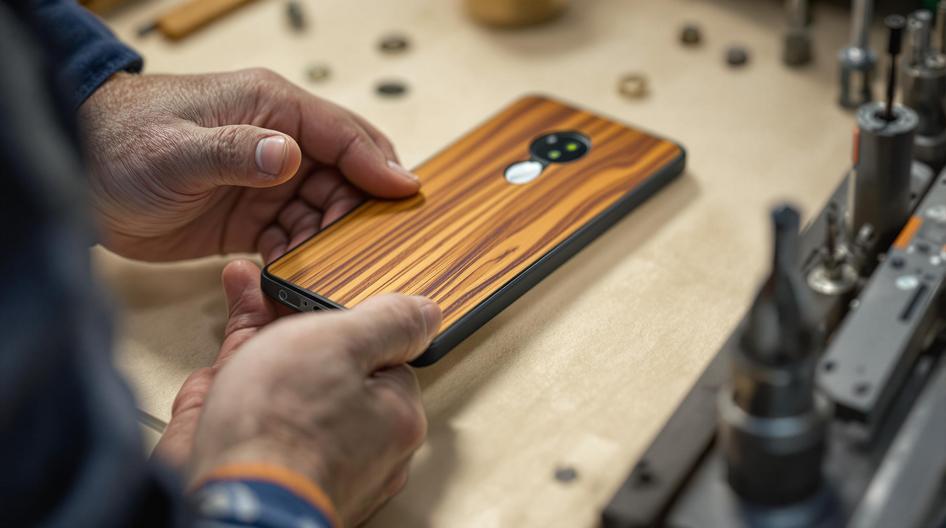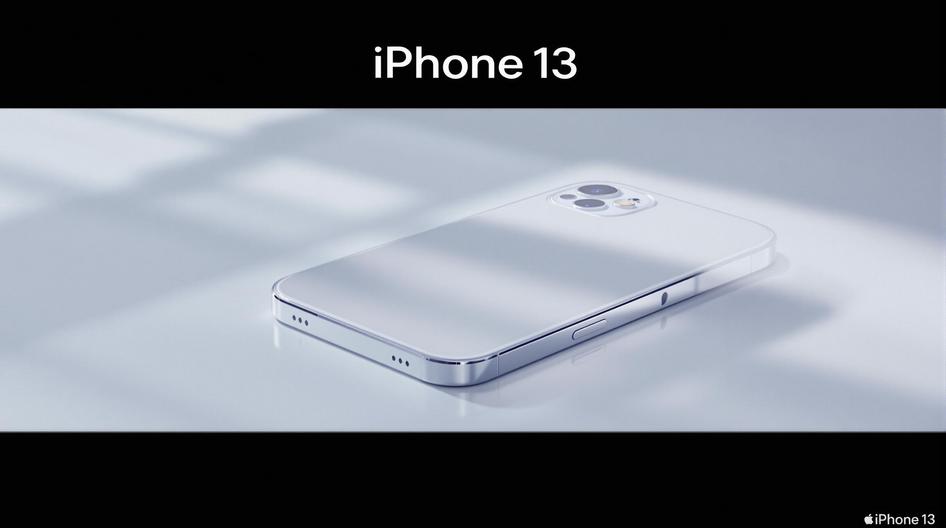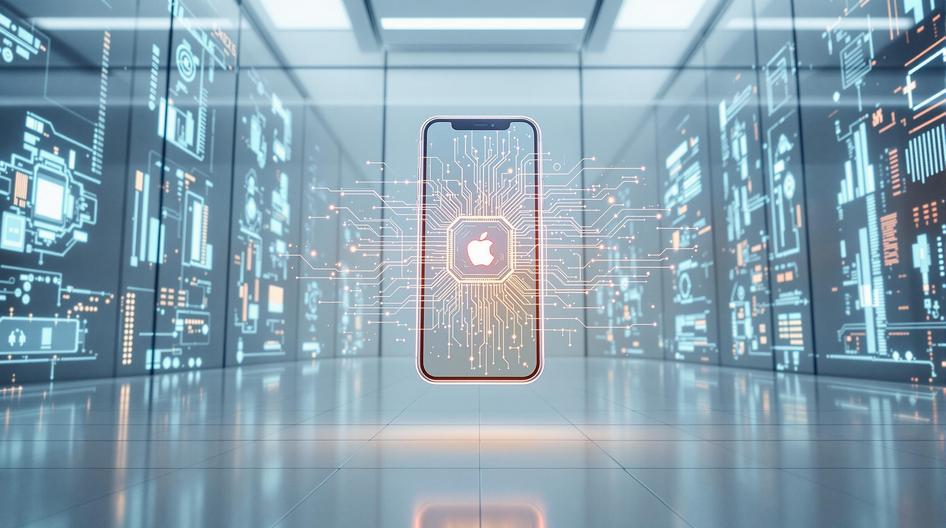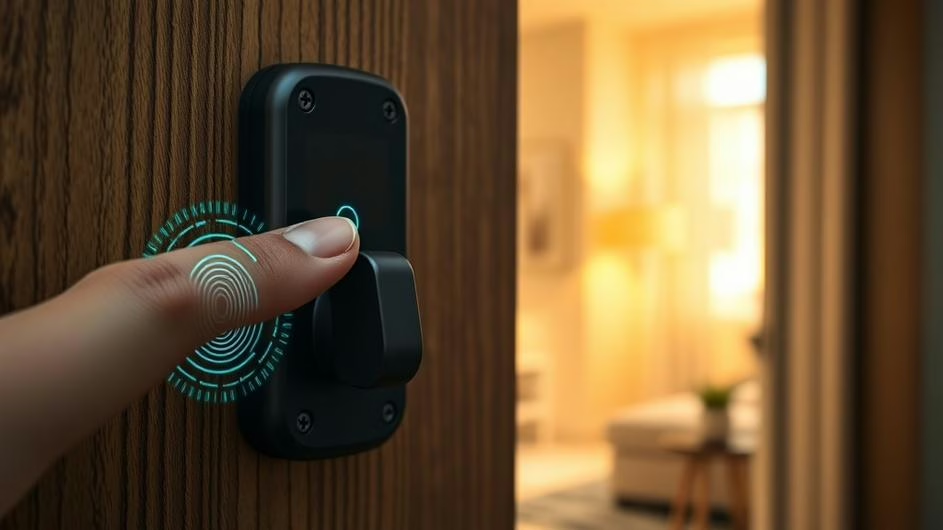
AI, Security, and the Next Era of Connected Living
Remember when smart homes felt like science fiction? Those days are long gone. What started as simple voice commands and programmable thermostats has exploded into sophisticated ecosystems that learn your habits, predict your needs, and protect your space in ways we couldn’t have imagined just a few years ago.
Today’s smart homes aren’t just about convenience anymore. They’re becoming the testing ground for AI-driven automation that mirrors what’s happening in crypto and Web3. And honestly? The parallels are pretty fascinating.
Google’s AI Takes Center Stage
Google just rolled out a major redesign of their Home app, and it’s all about Gemini AI integration. This isn’t your old Google Assistant anymore. Gemini and Gemini Live are taking over voice commands, routines, and device management with a level of personalization that actually feels intelligent.
What’s interesting is how this shift reflects broader trends we’re seeing in tech. Just like DeFi platforms give users more control over their financial data, these new AI-powered home systems let you customize automations while keeping privacy front and center. The Google Home redesign shows how major tech companies are racing to make AI feel less robotic and more intuitive.
But Google isn’t alone in this space. Platforms like Home Assistant and Josh AI prove that open-source, decentralized approaches can compete with the tech giants. Sound familiar? It’s the same philosophy driving blockchain innovation and Web3 development.
Security Gets Smarter (And Stranger)
Here’s where things get really interesting. Smart home security has evolved way beyond basic door locks and motion sensors. AI-powered cameras can now recognize package deliveries, generate detailed descriptions of what happened, and even spot unusual activity patterns.
But the real game-changer? These systems are getting granular in ways that would make blockchain enthusiasts proud. Modern sensors don’t just detect break-ins. They can identify pests like cockroaches, mice, and termites. Home security tech for pest control represents the kind of detailed environmental monitoring that crypto users appreciate about transparent, verifiable on-chain data.
Companies like Ring and Arlo are leading this charge, but the real innovation comes from how these devices work independently while still connecting to larger ecosystems. It’s modular security that crypto developers would recognize.
Apple’s Ecosystem Play
Apple’s making moves too. While their HomePod and Apple TV 4K have solid followings, Apple’s upcoming home products suggest they’re serious about expanding beyond their current offerings. A HomePod with a built-in screen, plus Apple-branded security cameras and smart doorbells, are reportedly coming soon.
This raises some compelling questions for the crypto community. As more personal data flows through these integrated platforms, what role will privacy-focused tech play? Could we see biometric authentication systems that give users true ownership of their identity data?

The Platform Wars Heat Up
What’s becoming clear is that the best smart homes offer choice. Users want systems that work independently but can also integrate with larger hubs when needed. Take the Lockly Visage Zeno Series smart lock, which connects directly via Wi-Fi, or sensors that interface through flexible hubs like Aqara T2.
This flexibility mirrors current debates in Web3 about interoperability and modular architecture. Should you go with Apple’s tightly integrated approach or Home Assistant’s highly customizable platform? The choice depends on whether you prioritize convenience or control.
Smart homes generate massive amounts of data, and that’s where things get really interesting for the crypto crowd. AI analytics and detailed activity logs create opportunities for blockchain-style audit trails or token-gated device access. As these platforms start intersecting with crypto wallets and decentralized apps, we might see entirely new models for energy management and health monitoring.
What’s Next for Connected Living?
Smart home tech has matured beyond simple automation. We’re witnessing the same forces reshaping the crypto landscape: demands for transparency, user sovereignty, and seamless cross-platform experiences.
The future home will likely become central to digital identity and personal data management. Imagine security systems that use blockchain for trustless access, or AI learning systems that respect user consent at the device level. Smart home platforms could integrate with DeFi protocols to enable new business models for data sharing and automation.
Think about it: if your home can automatically adjust energy usage based on grid pricing and earn tokens for feeding excess solar power back to the network, we’re looking at a completely different relationship between physical spaces and digital economies.
The convergence of smart home advances and Web3 innovation points toward a world where physical and digital trust reinforce each other by design. The next evolution of connected living is just getting started, and those building at the intersection of smart gadgets and crypto tech are positioned to shape whatever comes next.
Can traditional home automation companies adapt to this new reality? Will we see more open-source alternatives challenge the tech giants? The answers will likely determine whether our future homes truly serve us or just serve up our data.
Sources
- “8 smart home gadgets I invested in this year – and how they’re already paying off” – ZDNET, September 22, 2025
- “The 7 Best AI Features for Your Smart Home and How to Get Them” – CNET, September 25, 2025
- “Apple’s new Home products just got even more appealing thanks to a competitor” – 9to5Mac, September 19, 2025
- “How Home Security Tech Can Also Help Deal with Pests like Roaches and Mice” – CNET, September 25, 2025
- “The Google Home app is getting a new look. Here’s what’s changing.” – Mashable, September 21, 2025


















